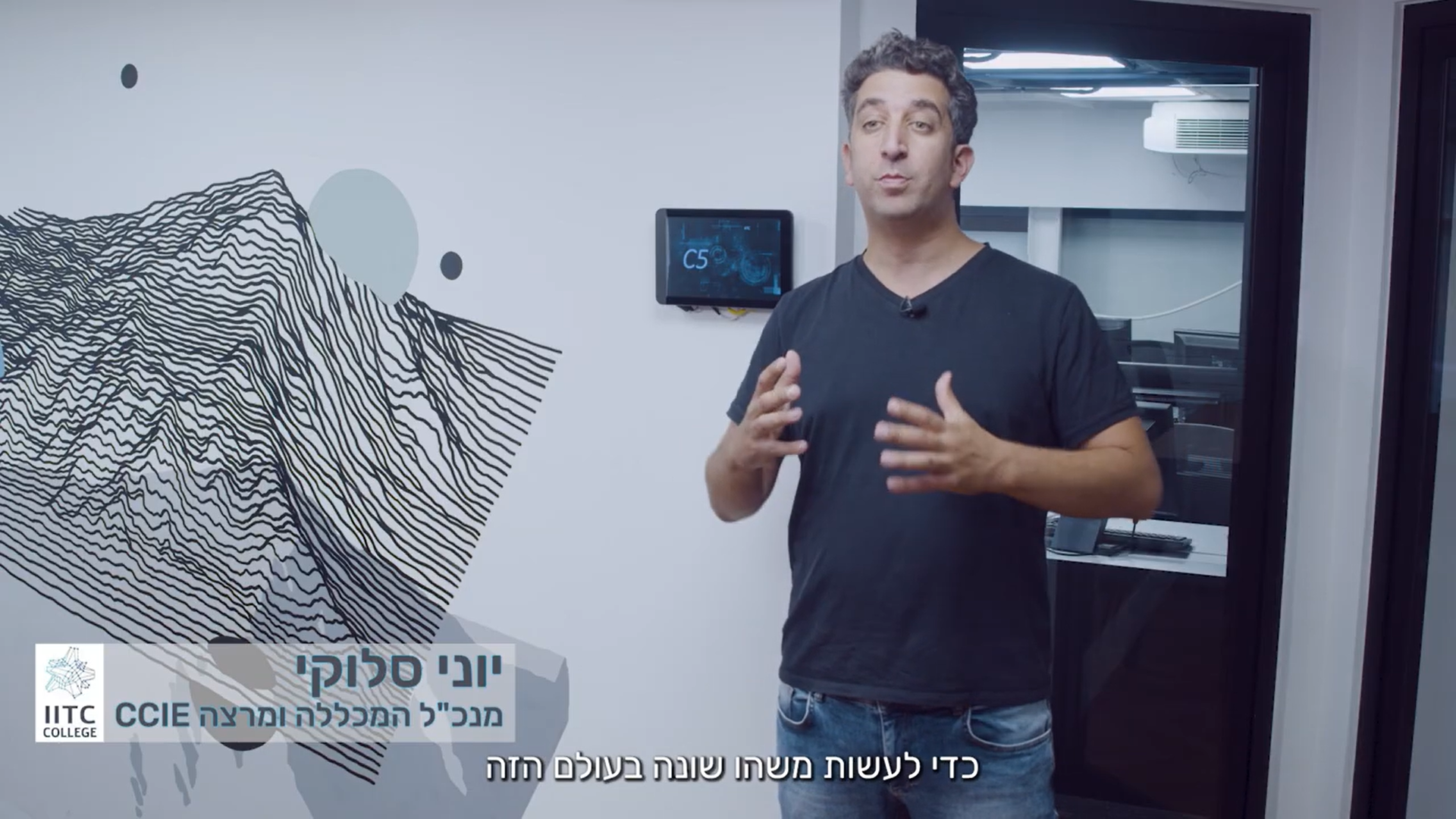הקורס הרשמי של Cisco להכשרת מהנדסי תקשורת לקראת ההסמכה היוקרתית CCIE Enterprise Infrastructure – עם שילוב של תיאוריה, תרגול מעשי והכנה מקצועית לבחינות ההסמכה של Cisco בארץ ובחו”ל.
קורס CCIE Enterprise Infrastructure של מכללת IITC נועד להכשיר מהנדסי תקשורת לרמת הידע הגבוהה ביותר בעולם בתחום התקשורת הארגונית. הקורס מכין את המשתתפים לבחינות ההסמכה 350-401 ENCOR בארץ ולבחינת CCIE Enterprise Infrastructure v1.0 בחו”ל. במהלך הלימודים תרכשו ידע טכני מעמיק על רשתות IP, ניתוב, החלפת נתבים, עבודה עם טכנולוגיות כמו Cisco SD-Access, Cisco SD-WAN, MPLS, DMVPN, אבטחת רשתות, שירותי רשת, ניהול רשתות ואוטומציה מתקדמת.
הלימודים מועברים ע”י יוני סלוקי, מהנדס תקשורת בכיר ומדריך CCIE מהוותיקים והמובילים בישראל, בצירוף צוות מדריכים מומחים בעלי ניסיון מעשי עשיר בעולמות Cisco.
במהלך הקורס תרכשו יכולות תכנון, הטמעה וניהול של רשתות תקשורת מתקדמות מבוססות Cisco, תוך שליטה מלאה בטכנולוגיות ניתוב וחיבור רשתות רחבות. תפתחו הבנה מעשית באבטחת רשתות IP, כולל אבטחת מתגים ונתבים, ותלמדו להטמיע רשתות MPLS, SD-WAN ופתרונות Data Center. בנוסף, תרכשו מיומנות בשימוש מתקדם בכלי ניהול, ניטור ואוטומציה, כולל APIs, Telemetry ו-Network Programmability, ותעברו הכנה מעמיקה לבחינות ההסמכה CCIE Enterprise Infrastructure.
הקורס מיועד למהנדסי תקשורת, מנהלי רשת, מהנדסי מערכות, אדריכלי רשתות, אנשי IT, ויועצי תקשורת המעוניינים להשתלב ולהתמקצע בתעשיית התקשורת ברמות הגבוהות ביותר.
כן. בעלי הסמכת CCNP Enterprise או ידע מקביל, עם ניסיון של לפחות 3 שנים בתעשיית התקשורת. הקבלה לקורס מותנית בראיון אישי עם מנהל מקצועי.
52 מפגשי ערב, סה”כ 260 שעות אקדמיות. מפגש שבועי בין השעות 18:00–21:30, למשך כשנה.
כן. הקורס כולל הכנה מלאה לבחינת 350-401 ENCOR בארץ ולבחינת CCIE Enterprise Infrastructure v1.0 בחו”ל. עלות הבחינות אינה כלולה במחיר הקורס.
מעבדת Cisco במכללה מאפשרת התנסות מעשית בסביבות עבודה אמיתיות, במטרה להבטיח חיבור בין התיאוריה לפרקטיקה.
מכללת IITC מוכרת על ידי האגף להכשרה מקצועית במשרד העבודה ומשמשת כמרכז בחינות מורשה של Pearson VUE ו- PSI.
צוות המדריכים של המכללה מורכב ממומחי Cisco בעלי הסמכות מתקדמות (CCAI, CCSI) וניסיון מעשי עשיר. המדריכים מועסקים במשרה מלאה ומבטיחים לתלמידים חוויית למידה מקיפה, עדכנית ומעשירה.
אחוזי המעבר של תלמידי IITC במבחני ההסמכה של Cisco הם הגבוהים בארץ, עדות לרמה הגבוהה של ההכשרות והליווי האישי הניתן לכל תלמיד.


להרשמה ופרטים נוספים אודות הקורס, מלאו את הטופס ונציגנו יחזרו אליכם בהקדם.
מכללת IITC היא המכללה המובילה בישראל להכשרות מקצועיות בתחומי הטכנולוגיה והתקשורת, מרכז בחינות מורשה, והשותפה הרשמית של Cisco ו- Fortinet.
להרשמה לקורסים ופרטים נוספים מלאו את הטופס ונציגנו יחזרו אליכם בהקדם.